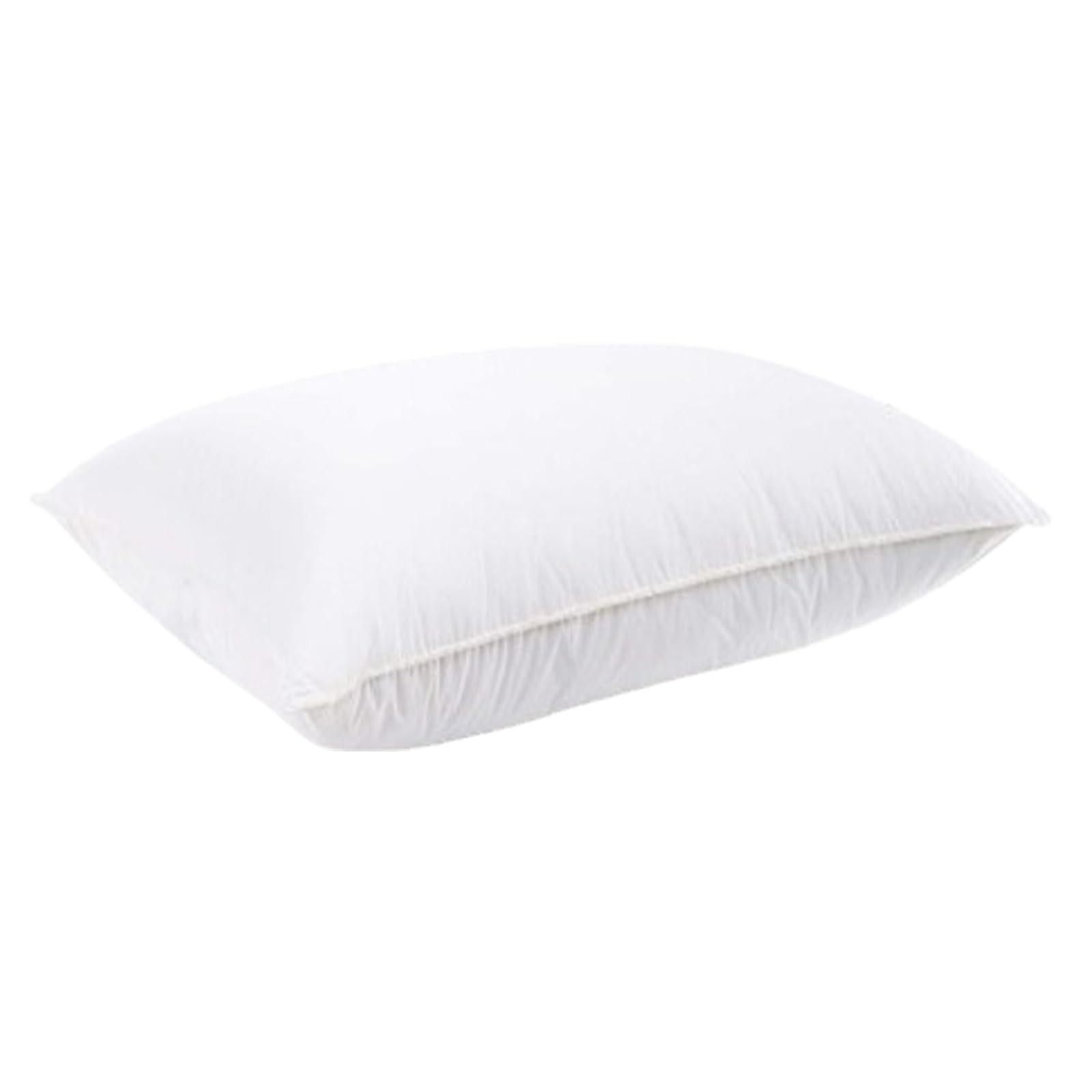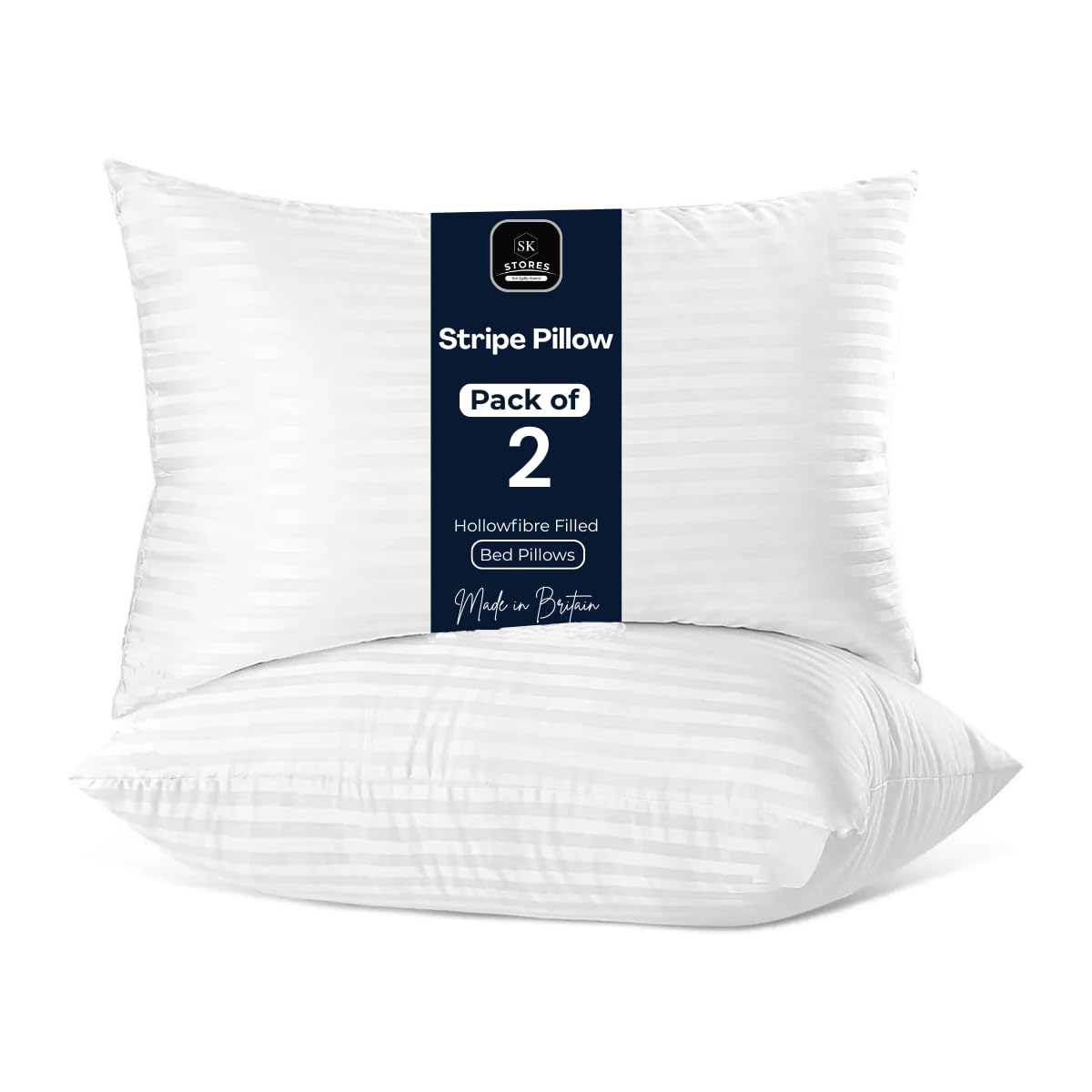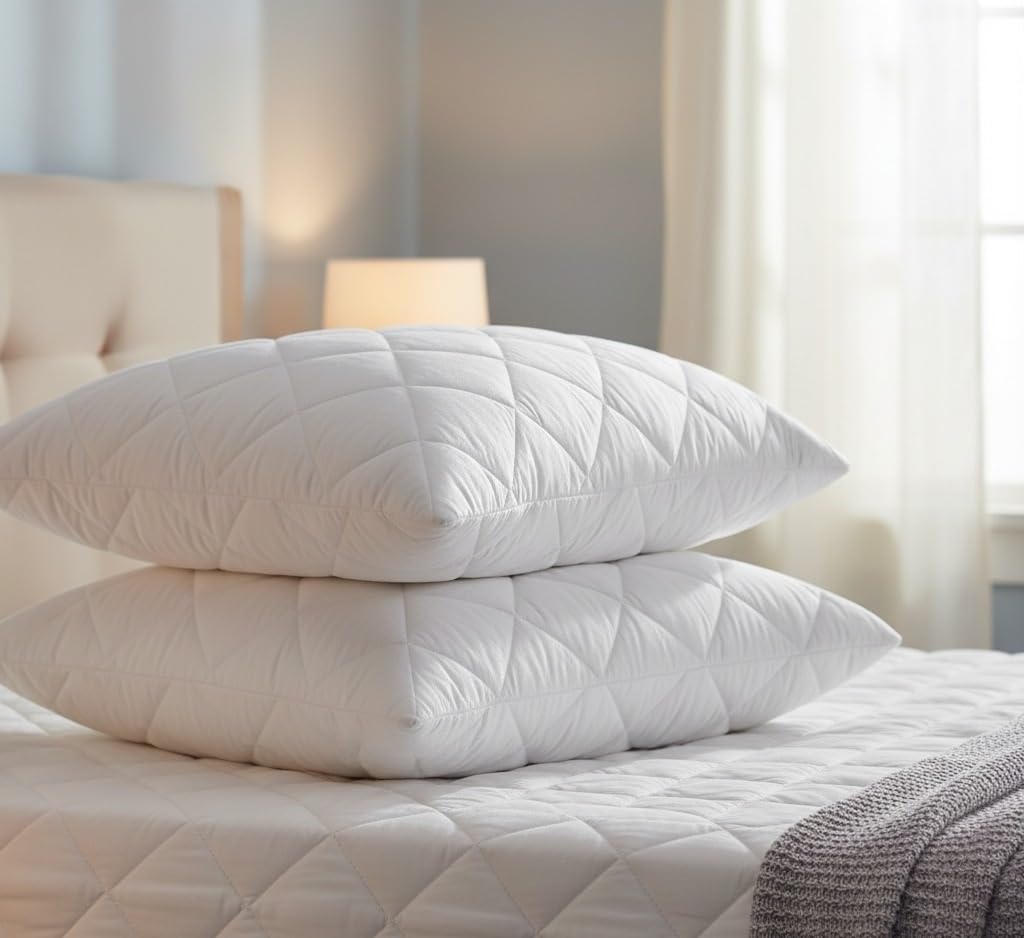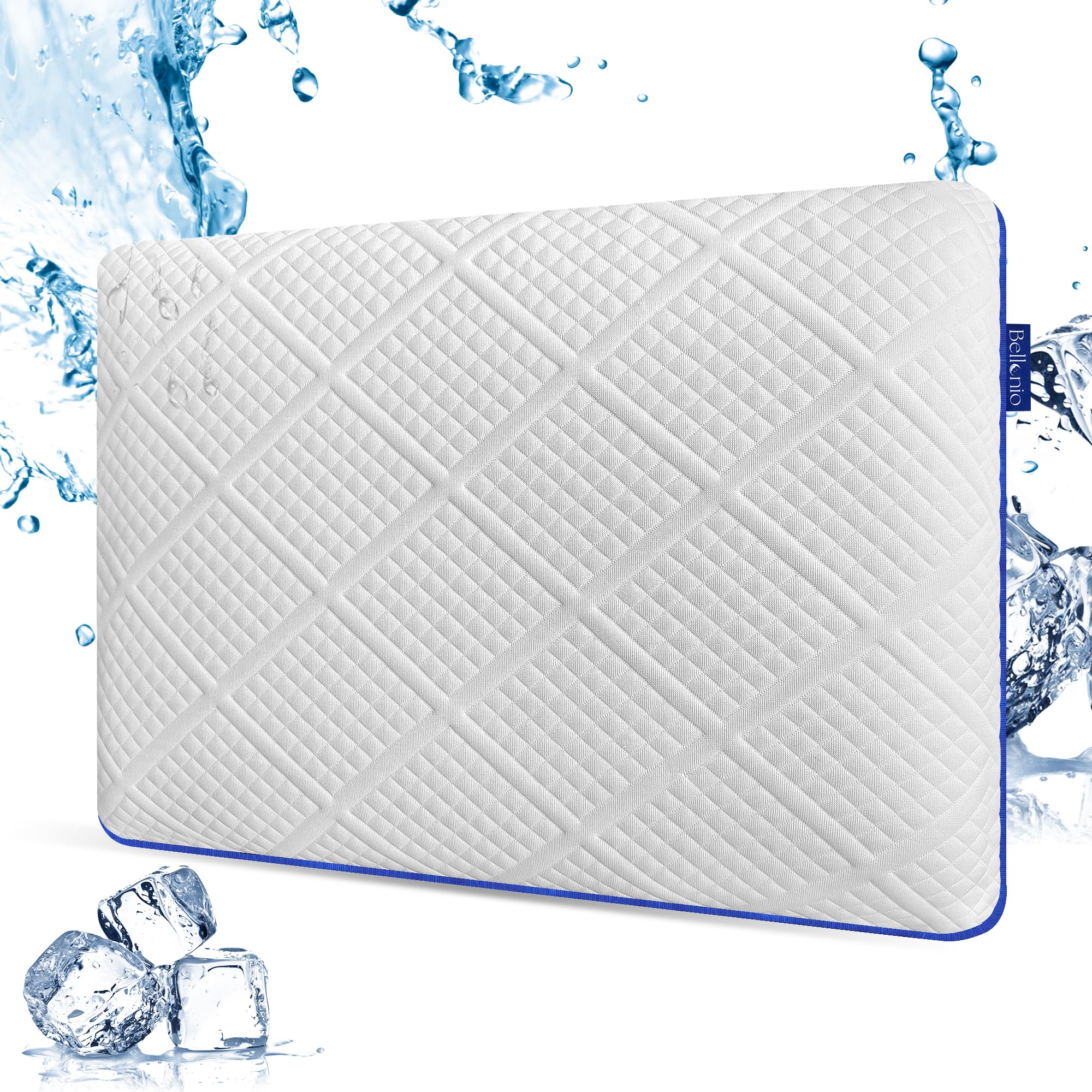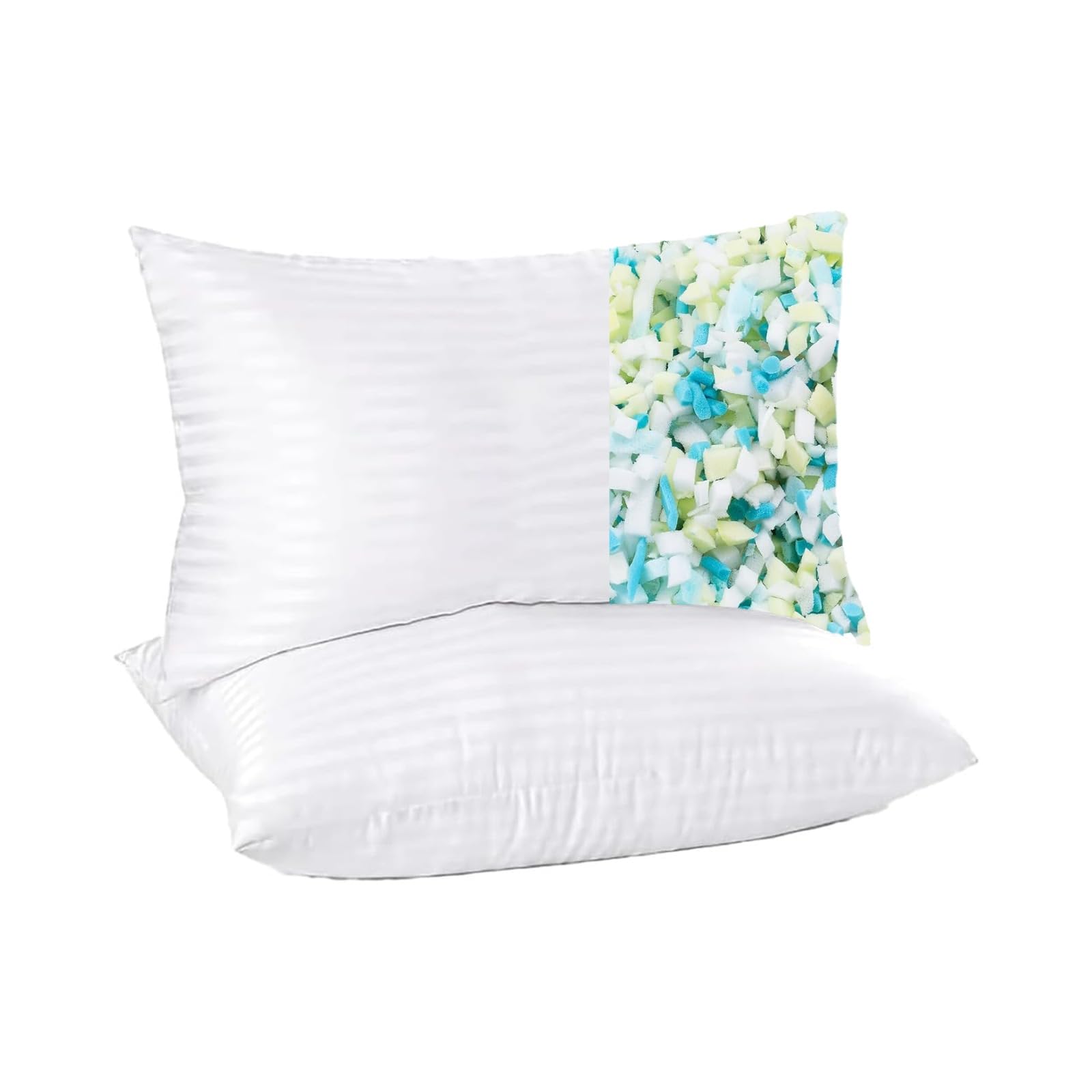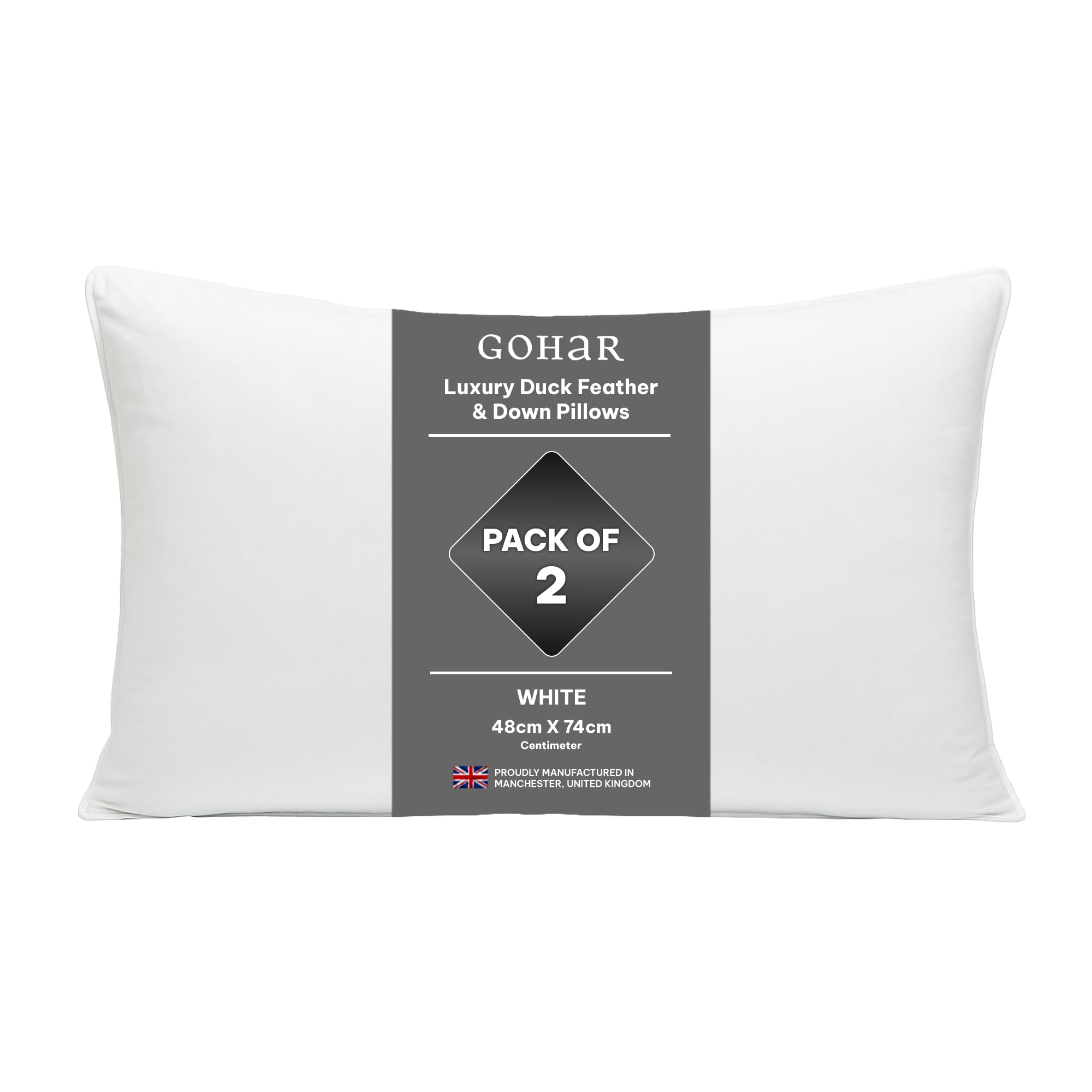Night time reflux and heartburn often feel worse when you lie flat because stomach acid can travel more easily up the oesophagus. Elevation helps, yet the way you prop yourself matters for comfort and effectiveness. This UK guide explains pillow options for reflux, how to position wedges and adjustable pillows, and what to change in your bedtime routine to reduce symptoms while still sleeping well.
Neck comfort starts with pillows matched to sleep position and consistent loft.
Why elevation helps
Gravity is your friend. Raising the upper body reduces the chance of acid moving upwards. A small elevation of the head alone is less effective because it bends the neck and can compress the throat. The goal is a gentle incline from the waist to the head so the whole upper torso is raised.
Wedge pillows vs stacking pillows
Stacking regular pillows creates a kink at the neck and often collapses as you move. A wedge pillow supports the back and shoulders on an even slope. Choose a wedge with a long base so the angle starts at the mid back rather than just under the shoulders. If you use an adjustable bed, raise the head end a little to create a similar effect. Place your usual pillow on top of the wedge to fine tune head and neck comfort.
Side sleeping on a wedge
Many reflux sufferers sleep better on their left side. Use a wedge that is wide enough to keep you stable and a pillow that fills the space between your shoulder and the wedge surface. Adjustable shredded foam pillows work well here because you can fine tune height. Keep the head neutral so airways stay open and the throat does not feel tight.
Materials and heat
Wedges made from solid foam can feel warm. Choose ventilated designs or add a breathable cover. Pair with percale sheets and a duvet suited to the season so you do not overheat. A cool bed helps you stay in one position longer, which is helpful when using a wedge.
Bedtime habits that support elevation
Avoid heavy meals close to bedtime, reduce alcohol late in the evening, and give yourself a little time upright before lying down. If you use medications that affect reflux, follow your GP’s guidance. Elevation works best when combined with these simple habits.
When to try alternate setups
If a full wedge is uncomfortable, try a smaller wedge under the mattress to raise the head end slightly. Some people sew small blocks under the bed legs at the head end to create a gentle incline. Always secure any modifications so they cannot slip. The aim is a stable slope that lasts through the night.
Wedges and low‑profile adjustable designs that suit reflux setups feature in pillows for UK readers with reflux. Breathable bedding that stays cool includes percale sheets and an appropriate seasonal duvet.
FAQs
How high should I raise the bed for reflux?
Many people find 10 to 20 centimetres at the head end helps. Wedges often provide a gentle incline of 10 to 15 degrees. Comfort and symptom relief guide the exact amount.
Is side sleeping better for reflux?
Left side sleeping is often recommended. Combine with elevation for best effect. Use a pillow that fills the shoulder gap so your neck stays neutral.
Can I just stack pillows?
Stacking is less stable and can bend the neck. A wedge or an adjustable bed is more comfortable and effective for most people.
